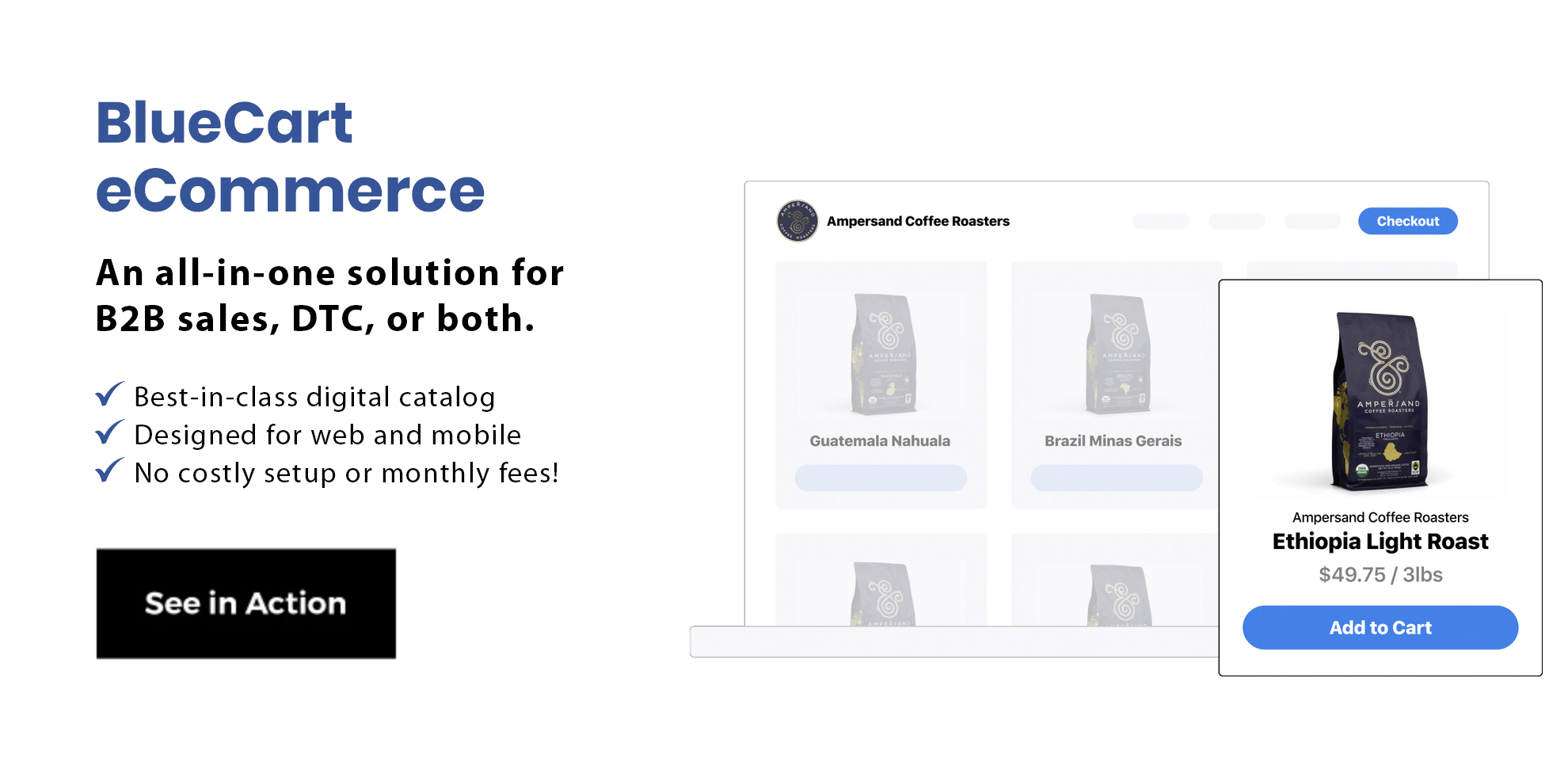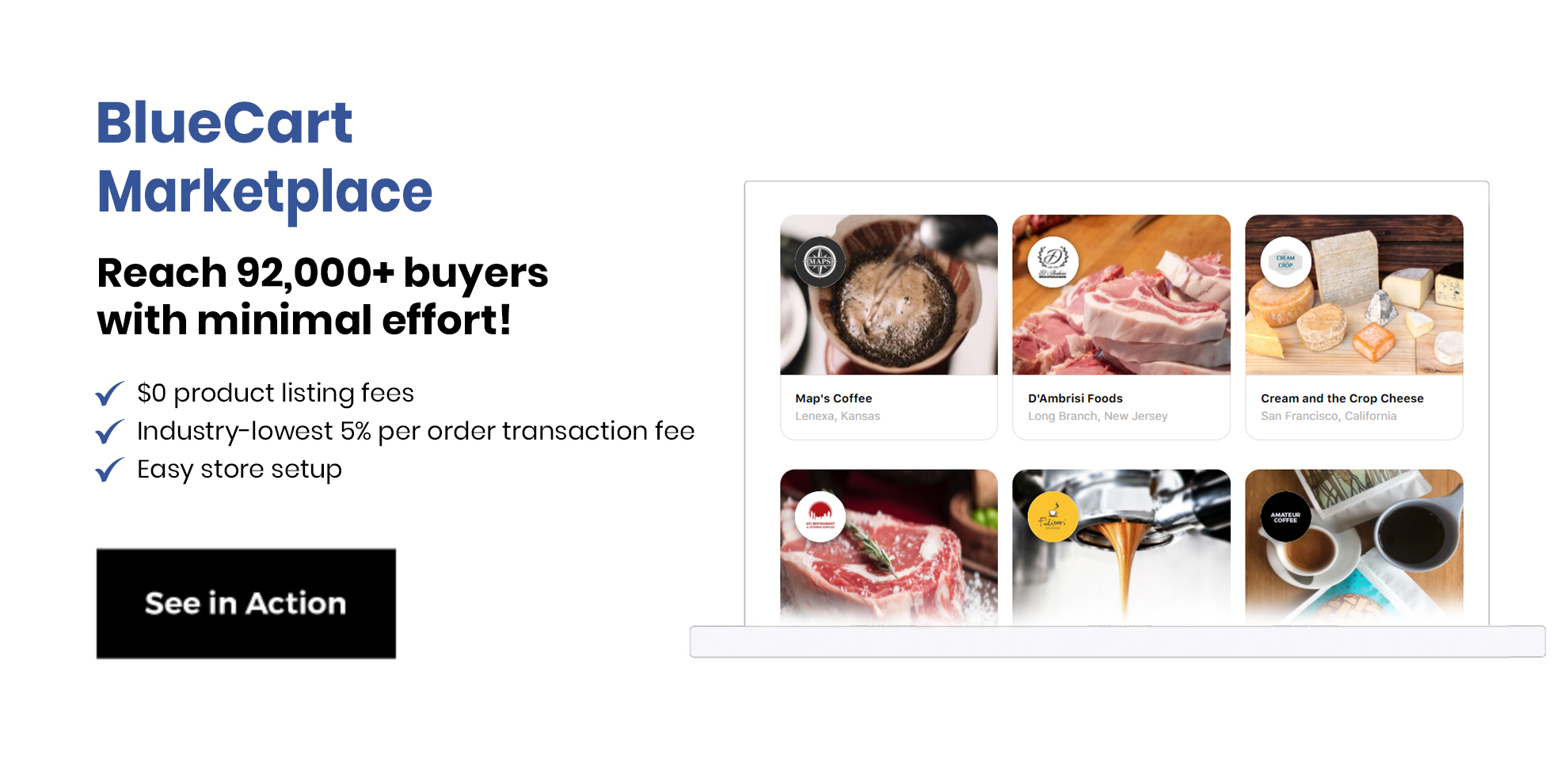Is your warehousing efficiency being weighed down by too much dead stock? Do you have a lot of finished goods inventory that isn’t making its way into buyers’ hands? Your business can benefit from SKU rationalization.
Stock keeping unit rationalization, or SKU rationalization, is an increasingly popular process that streamlines the amount and types of inventory you have. Businesses use a SKU generator to map out product needs and assign consistent labels to each product. SKU rationalization is a multi-layered technique for determining which products are most advantageous for your business goals.
So, what is SKU rationalization, and what best practices can you follow to enjoy its benefits?
Keep reading for these answers, as well as benefits and best practices for SKU rationalization.

What Is SKU Rationalization?
SKU rationalization is the process of assessing which products you should add, keep, or remove from your merchandise inventory. This kind of decision making is driven largely by which goods are profitable, high demand products. However, there can be specific reasons a company stocks less profitable goods.
SKU rationalization requires considerable time investment, having relevant data on hand, and being prepared to make key decisions. Anyone involved in inventory adjustments like this should have a keen understanding of their business’s strengths and weaknesses. SKU code rationalization is even more important if you sell on a online marketplace, where profitability relies on large order volume.
SKU rationalization is a cross-functional inventory management technique that is designed to improve profitability. Product catalog and SKU changes have a direct impact on days inventory outstanding (DIO), which is the number of days you’re holding inventory before it’s sold. The longer you hold inventory, the greater your carrying cost becomes.
Know that the meaning of SKU is not to be confused with UPC, however. SKUs are unique product identifiers for your business; UPCs are universally consistent and track goods that move throughout numerous sales channels.
Businesses that utilize SKU rationalization can be confident they’re moving in the right direction. Carving out time to focus on your own inventory needs will help your business thrive and profits increase.
Want to better organize your warehouse, inventory, and individual products?
Get our FREE SKU Generator Template.
SKU Rationalization Methodology
Now that you’re familiar with why businesses use SKU rationalization, you can start creating your own plan. This is one area of business that requires more diligence than creativity, so it’s useful to learn from what others have already done. However, a little out-of-the-box thinking gives a strong strategy the extra boost it needs to succeed.
Here are the top seven requirements for a robust SKU rationalization methodology:
- Refresh your marketing approach. It may sound like a disconnected approach, but reviewing your eCommerce marketing strategy or wholesale marketing plan is crucial. The type of customer you’re trying to reach drives the product purchases you make. If you find that your company is buying goods that don’t lead to sales, it usually means your marketing is off. Revisit your core marketing approaches and look at what type of buying patterns they’re producing.
- Review recent sales data. Before you refresh SKU counts, obtain sales records for the last 90 days. This means you’ll make data-driven decisions about which SKUs to keep, rather than merely going with your gut. While you probably know your business well, the more successful you become, the harder it is to keep a pulse on customers’ needs. You may be surprised by which products are doing well and which need to be eliminated.
- Survey your customers on their favorite products. After your sales numbers reveal the biggest trends, ask your customers what they’re most interested in. Giving your buyers a chance to directly influence future inventory has a much bigger impact than you may realize. This is particularly important if you sell online, such as through BlueCart eCommerce. It offers customers the opportunity to make specific product requests, too. Over time, your survey’s results will boost your sell through rate, fill rate, and inventory turnover ratio.
- Recategorize all of your products. This is the heavy lifting part. With a clear view of which products are succeeding versus any that aren’t, it’s much easier to recategorize them. In the same way that you would handle spring cleaning, sort SKUs into keeping, unsure, removing, and new products to add. Products you’re unsure about can be reevaluated later based on their seasonality or kitting relevance. The new products need to be included in every aspect of your business, from financial forecasts to your warehouse management system.
- Predict your sales cannibalization and switching rates. These terms can be confusing if you haven’t used them before, so let’s break each one down. Sales cannibalization is when an existing product receives fewer sales because a new one was just introduced. Switching refers to customers buying from a different company after a product they used is discontinued. Both phenomena can reduce short- and long-term profits if you aren’t careful. Use the expertise of a financial analyst and brand manager to ensure you won’t lose stability in the midst of large changes.
- Update your financial projections. Speaking of financial analysis, a core part of SKU rationalization is updating financial and business goals. Any time you change the products you’re offering and how much they cost, you will see sales fluctuations. In most cases, higher-value SKUs should lead to more sales, but you should test this on a trendline first. If future sales won’t exceed the new cost of goods sold early enough, you’ll need to cut expenses elsewhere.
- Repeat this process every three to six months. SKUs that aren’t driving value for your business are only taking up space and wasting budget. Combine that with rapidly changing consumer preferences, and you can end up with a lot of inventory problems. SKU rationalization should be conducted at least once every six months. If your company is rapidly expanding or sells thousands of products, you should rationalize your SKUs every three months.

SKU Rationalization Benefits
SKU rationalization isn’t just glorified number crunching; it's a real analysis of your product mix which moves your business forward. If a new business process has you or your team feeling anxious, it helps to review several SKU rationalization benefits.
Here are the top four benefits of SKU rationalization to share with your team:
- Reduction of inventory holding costs. Every product unit that’s brought into your warehouse but isn’t sold is costing you money. The longer products sit unsold in your warehouse, the more likely they become to spoil, break, or become obsolete. Regular SKU rationalization is necessary to inventory reduction tactics and keeps your profits flowing.
- Improvement of warehouse management process flow. Having a couple boxes of unorganized merchandise at times may be unavoidable. If you have several boxes taking up unwanted space, however, this affects daily efficiency. Your warehouse process flow illustrates where each pallet needs to go, but your business’s needs may change over time. By keeping a list of only valuable SKUs, you can streamline warehouse staff members’ work much more easily, too.
- Increased profitability. One of the greatest benefits of SKU rationalization is making more money. By only retaining products that drive business growth, you can scale faster. Thorough SKU rationalization also reveals consumer trends so you can stock products that buyers want more of. This creates a snowball effect whereby your most profitable goods lead to exponential growth and brand relevance.
- Faster and easier warehouse organization. When you have fewer products, you have fewer warehouse labels. This leads to less money spent on labels, ink, and printer maintenance as well. SKU rationalization creates cost savings throughout your entire business, from raw materials inventory to shipping and handling.
SKU Rationalization Best Practices
Since SKU rationalization takes time and energy, it only makes sense to get maximum value out of it. If you’ve never conducted a SKU rationalization before, that’s all the more reason to do it well the first time.
Here are five SKU rationalization best practices:
- Designate time for it. The best way to leverage SKU rationalization is to create time for it. As you're scheduling days for inventory cycle count and ABC analysis, designate part of a shift to count your number of SKUs. You may even discover that you have more or less than you thought. Not only will your staff be in the inventory optimization mindset already, they’ll be able to capitalize on the information right away.
- Align your SKUs with other critical business goals. Stocking new products is exciting, but it makes little sense to do so if your promotional efforts don’t take them into account. A top business goal should be to sell products efficiently without running into stockouts. Therefore, your warehouse and forecasting staff should be in touch with your marketing and sales teams. This way, teams closer to product origin successively boost the efforts of more customer-facing teams.
- Use SKU rationalization to remain competitive. Part of success in business is selling more effectively than your competition. By assessing which products you sell and those you don’t, you can spot buyer gaps in your digital catalog. If your business stands to overtake a close competitor but lacks a specific product, start working this into your short-term goals. The greater value you can offer your customers that other businesses can’t, the more your bottom line grows.
- Test your rationalizations incrementally. Once you’ve separated profitable products from loss-inducing ones, it’s tempting to implement everything right away. Unless you have hard sales data backing up your choices though, it’s best to implement changes one stage at a time. Gradual adjustments to product availability will show you in real-time if your projections are spot on or need to be changed.
- View SKU rationalization not as a rote activity, but a strategic advantage. You can boil all business down to four goals: sell great products or services, be profitable, stay relevant, and have fun doing it. SKU rationalization plays a part in three of these, so it should always be used to your advantage. On the surface, SKU rationalization is an inventory maintenance task, but beneath that, it can be used for much more.
Frequently Asked Questions About SKU Rationalization
Why Is SKU Rationalization Important?
SKU rationalization helps to cut back expenses and streamline warehouse operations. Excessive amount of product can also lead to too many suppliers, bumping up overall expenses.
SKU rationalization assists in making smarter business decision, especially pertaining to supply chain management. Businesses can also avoid inventory shrinkage from old, outdated stock.
What Is A SKU Strategy?
A SKU strategy is a process to minimize, organize, and eliminate inventory. It’s a method of tracking inventory from order forms, product lists, and invoices. It’s a way for companies to decrease inventory costs while simplifying procurement and distribution.
An efficient SKU strategy will reduce inventory management costs and processes for supply chain and warehousing management. Plus, it’ll ensure that unnecessary inventory isn’t raising costs
How Do You Measure SKU Performance?
Divide the number of SKUs within a certain range by the total number of SKUS. Then, multiply this figure by 100 percent. This formula will give you the SKU ratio, which is one of the most important metrics relating to SKU performance.

Great Things Can Happen With Me and SKU
At first blush, SKU rationalization sounds like an overly technical term that only economics PhDs are familiar with. Once you understand what SKU rationalization is, it becomes a low-cost way of remaining relevant for all of your customers.
Leveraging best practices for SKU rationalization keeps your time efficient and bolsters your marketing campaigns. You can also learn from other businesses' SKUs by conducting a SKU number lookup. Make SKU assessment a regular part of your employees’ work and you’ll be thrilled with the results.